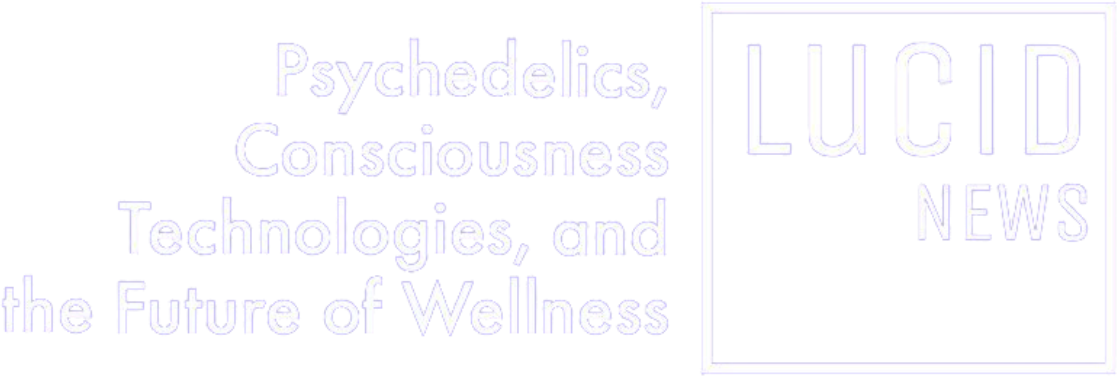The Landscape of Psychedelic Therapy is Evolving, from Administration to Integration

As more clinicians seek training in psychedelic-assisted therapy, questions have emerged: When is psychedelic-assisted therapy recommended, and for whom? How can therapists support clients who are doing psychedelics outside of a therapeutic context? What are the key components of psychedelic-assisted therapy and integration, and are they necessary for transformation?
“We Need to Treat Our Clients Where They Are”
Today, outside of sanctioned studies and the state of Oregon, health professionals cannot use psychedelics other than ketamine as part of their practice. However, the need for therapists fluent in how to treat patients using, or considering using, psychedelics has risen as stigma surrounding them lessens and as states consider legalization of psychedelic-assisted therapy.
“As clinicians, we need to treat our clients where they are,” says Alex Camargo, PsyD, Director of the Psychedelic Harm Reduction and Integration Certificate Program at Fluence. That might mean offering support to clients who are preparing for, or working to integrate, a psychedelic experience. “If they’re talking about psychedelics and I don’t know anything about them, other than what I learned in graduate school, there’s going to be a clear divide between what my client is seeking and what I am knowledgeable about,” he adds. An untrained practitioner could even end up causing harm.
Camargo notes that demand for this training in harm reduction and integration is up “across the board.” It differs from training in traditional therapy because “non-ordinary states of consciousness, broadly speaking, are not typically an area that clinicians have been trained in. They require a different set of skills.”
Training in integration is transtheoretical, says Dr. Ingmar Gorman, CEO and Lead Trainer at Fluence. “Clinicians are not leaving their previous training at the door, but there are certain fundamentals to integration we hope clinicians will adopt.” These include a sense of curiosity, inquiry, and open mindedness, which includes not making assumptions about why a client comes in or what will be helpful for them.
A background in psychedelic harm reduction and integration can help therapists identify red flags, reduce their own anxiety, and increase their confidence when working with people who have had psychedelic experiences. It can also help clinicians “understand the motivation of the person who used the psychedelic and what they actually want,” says Gorman. “Are they looking to address their depression, or enhance a spiritual aspect of their life, or have fun? There is no judgment on any of those things, but the context gives a therapist an idea of the territory and helps them be more effective for their client.”
Camargo notes that while many people use psychedelics without therapy or integration and are fine, “we do encounter scenarios where a person uses a psychedelic, kind of on a whim and not knowing what they’re getting into, and they end up having a really powerful and near-traumatic experience and hopefully look for help with integration afterwards.”
Whether or not integration takes place can vary according to culture. “There are many cultures where psychedelics have been used for hundreds of years and there isn’t integration, because that culture acknowledges psychedelic experiences and they are ingrained,” says Gorman. “But that is absolutely not the case in the United States. Integration in a therapy context is a service that comes with a microcultural understanding catered to the individual, confidentiality that is legally backed, and a license and regulatory system that protects the person seeking that help.”
“We Want to Stay Open”
In states where psychedelic-assisted therapy is legal, therapists may be weighing decisions about whether to offer it to their clients. For Gorman, deciding when to recommend psychedelic-assisted therapy is simple: It’s a good fit “if a person is seeking psychiatric help, or wishes to use a psychedelic to address a psychiatric diagnosis with some medical psychiatric care,” he says.
Although mechanisms of action aren’t fully understood yet, psychedelic-assisted therapy can potentially result in increases in psychological flexibility, greater openness to change, and increased neuroplasticity that results in a greater capacity to learn. Some people also share having powerful mystical or spiritual experiences.
Often, patients experience “a change in perspective,” says Camargo. “The importance of certain narratives may decrease, while other things, including a sense of connectedness to others and themselves, may increase.”
From a more biologically reductionist perspective, he adds, the effects of drugs like ketamine can often simply make people less depressed and less suicidal.
Ultimately, “there are multiple ways psychedelics can be helpful for psychotherapy, and we want to stay open to all of those without closing off any opportunities for change,” he says.
Clinicians can also tailor therapy to increase the efficacy of patient experiences. “There is some history behind the theory that a mystical experience may be important for people struggling with alcohol use disorder,” Gorman says. “For MDMA, it might be the sense of interpersonal trust in a therapy setting, because that’s really important when someone has experienced trauma or PTSD.”
“The therapeutic approach is to stay open to what someone’s motivation and intentions are, and help that person stay open to whatever the experience might be,” says Camargo.
“A Venn Diagram With a Lot of Overlap”
Trainings in psychedelic-assisted therapy should also offer training in integration, which Gorman explains is one of the psychedelic-assisted therapy’s “three phases.” The others are preparation (which refers to pre-sessions with a client) and dosing.
The duration of each phase can vary depending on the drug, the duration of its effect, and the client. MDMA-assisted psychotherapy, for example, has a higher likelihood of conversation during the dosing itself, while psilocybin tends to be quieter and more internal. With both of these, Camargo explains, “clinicians need to prepare themselves for a long day ahead, and think through how they want to create and contain a space where they are able to stay present and engaged, potentially through long bouts of quiet.” Clinicians also need to handle phenomena specific to different psychedelics, such as physical movement, vocalization, or distorted perceptions.
“I often think of therapy and Psychedelic Harm Reduction and Integration as a Venn diagram with a lot of overlap,” says Gorman. The goal of both, he adds, is to equip health professionals to “maximize the benefits and minimize the harm” of the psychedelic experience. Training programs offer opportunities to practice certain common scenarios clinicians might experience.
“I think there’s a great deal of overlap between psychedelic-assisted therapy and integration therapy,” says Camargo. The main difference is that, during integration, “you’re focusing on this experience and what meaning is coming out of it, and what changes are happening as a result.”
“Typically someone has an experience, then comes in to talk about it,” he continues. “Clients will often say, ‘Now what?’ Integration is taking this experience and bringing it into everyday life. The experience is the catalyst for that discussion.”
Both Camargo and Gorman point out that a psychedelic experience in and of itself does not equate to therapy, despite the old adage that psychedelics are equivalent to “10,000 hours of therapy.”
“I shared something like that at a conference in 2018, and somebody said my favorite thing: that maybe it’s like 10 years of insight but not necessarily 10 years of change,” said Gorman.
Camargo agrees. “The intensity and insight you might experience is at a more acute pace than psychotherapy, but change is a slower process. You don’t just snap your fingers and change.”
“Psychedelics can make change easier,” he adds, “but making the change is still hard.”







